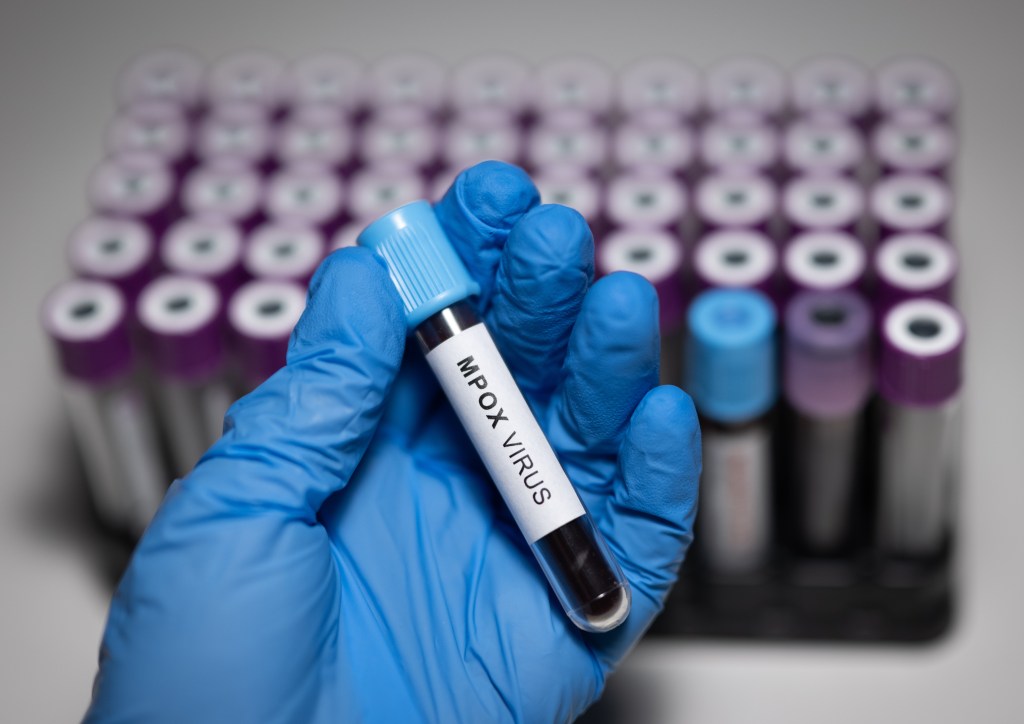Health and Human Services takes stand against nonconsensual intersex surgeries
The U.S. Department of Health and Human Services has released its first reporton health equity for intersex people, opposing nonconsensual surgeries on this population and making recommendations for best practices.
There is “growing evidence that surgical interventions on intersex infants can cause lasting harm, including stigma and medical mistrust,” says the report, titled “Advancing Health Equity for Intersex Individuals.” It comes from the Office of the Assistant Secretary for Health, which is headed by Adm. Rachel Levine, the first out transgender official confirmed by the U.S. Senate.
The report notes that being intersex is not synonymous with being trans or nonbinary, although some intersex people may also identify as nonbinary or trans. Intersex is “an umbrella term to refer to people born with differences or variations in their sex characteristics or reproductive anatomy,” the report says. There are about 5 million intersex people in the U.S. and more than 40 identified variations defined as intersex, in addition to some that have not been named.
“Intersex variations are most commonly identified at birth or during puberty, but it is also not uncommon for adults to discover they have intersex traits while seeking fertility care or through unrelated medical procedures,” it continues. “While many intersex individuals may require specialized health care, for many intersex people, their variations in sex characteristics are a healthy part of human diversity and do not pose any threats to overall health. Nevertheless, many intersex individuals report facing medical interventions because their variations in sex characteristics have been treated as a medical disorder.”
“Historic and current medical practices have often focused on surgical interventions on infants to change their sex characteristics to conform with a single sex, rather than the health care needs of the intersex individual,” the report notes. “Research and advocacy from intersex individuals has documented that non-consensual, medically unnecessary interventions for intersex infants can cause lifelong harm. These interventions impact people into adolescence and adulthood, and intersex adults face significant barriers in accessing high-quality care that affirms and meets their needs.”
Negative effects of these surgeries include “significant scarring, loss of sexual function, urinary or vaginal complications, chronic pain, or early-onset osteoporosis,” according to the report. Yet doctors often encourage parents to have surgeries on intersex infants right away so that the child won’t grow up to be “different” and to avoid informing these children that they were born intersex.
Many intersex adults don’t receive proper cancer screenings, sexual health care, or fertility counseling, and they may be reluctant to disclose their intersex status to medical providers for fear of discrimination. Also, they suffer disproportionate rates of trauma and mental health issues due to lack of affirming care.
“To combat medical mistrust, training for the next generation of health care professionals must account for both the medical and interpersonal needs of intersex patients, especially young children,” the report recommends. “When intersex individuals receive appropriate and affirming social support and mental health care, they can thrive.”
Thanks to the activism of intersex people and their allies, practices are improving, but more needs to be done, according to the document. The recommendations include enacting strong nondiscrimination protections; promoting bodily autonomy, informed consent, and inclusivity in health care settings; and “ensuring all non-emergent care is guided by the express wishes of the intersex individual themselves.”
InterACT Advocates for Intersex Youth praised the report. “This report is a victory for the right of intersex children to make their own choices about their own bodies,” interACT Executive Director Erika Lorshbough said in a press release. “Non-consensual surgeries intended to alter a child’s sex traits to fit male or female boxes have major repercussions such as trauma and health complications later in life. interACT is encouraged to see a report by the Department of Health and Human Services acknowledge this fact, caution against these harmful practices, and recommend a whole-health approach to intersex care.”
“With today’s report, HHS clearly recognizes that intersex health equity is thwarted by subjecting infants and young children with variations in their sex characteristics to non-emergency surgical interventions to which they cannot consent,” added Sylvan Fraser Anthony, legal and policy director at interACT. “Those who still perform such procedures must comprehend the direct link between the deprivation of bodily autonomy and the lifelong harm their patients go on to suffer. This report also should prompt medical providers to consider the legal liability inherent in a practice that treats a variation from sex stereotypes as a justification for exposure to harm.”
